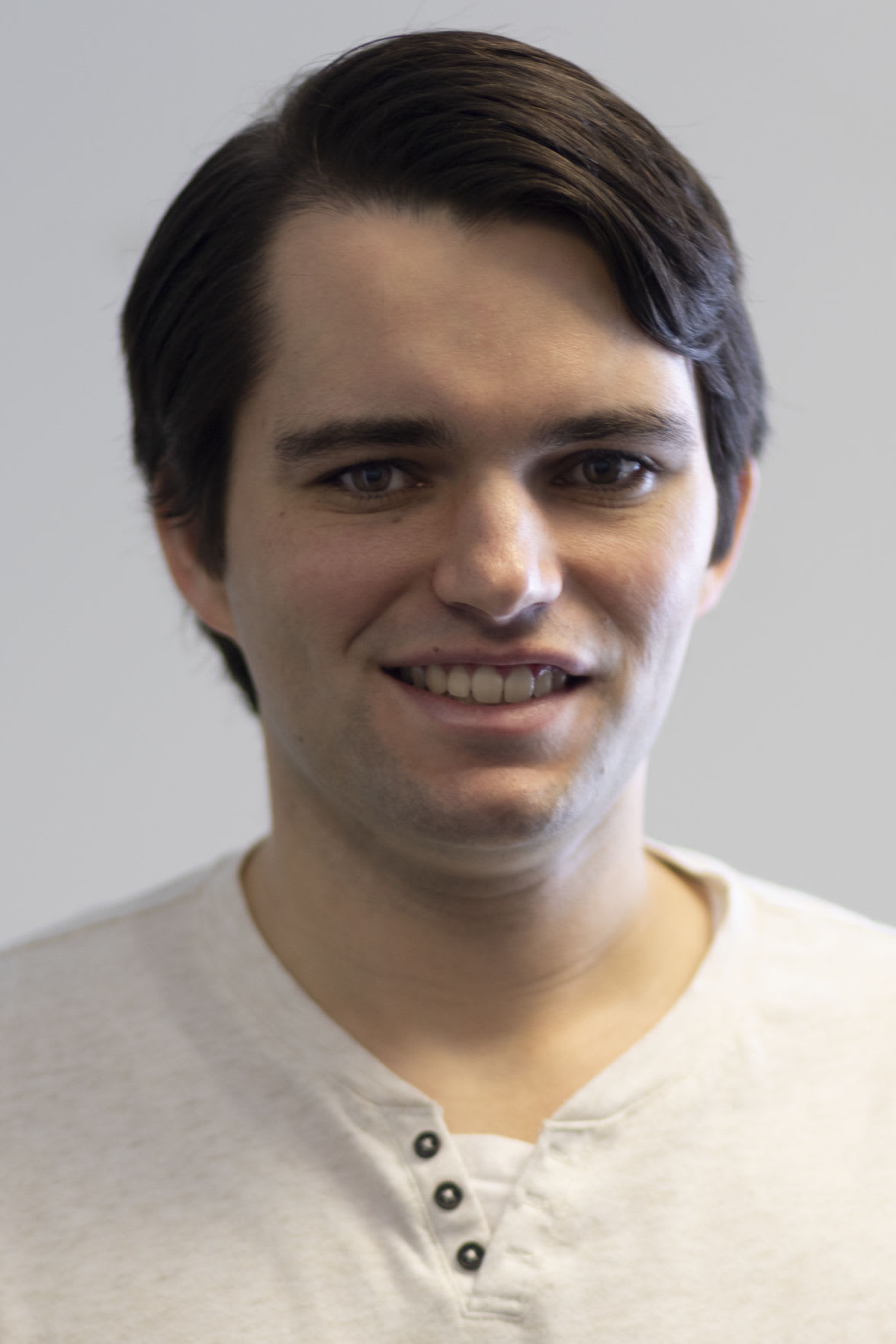A successful summer for any college football team was an ability to avoid a mess. As more than a dozen programs that paused workouts showed, it is easier preached than making it reality.
The mess could only be controllably dodged for so long, though. Campuses were empty, save for a few athletic teams. They were a bubble in essence that allowed programs to bide time and test their readiness for the less controllable aspect: The return of the general student population.
Students will move in and start classes Monday at many universities across the country, Notre Dame among them. Thousands of them will share residence halls, classrooms and cafeterias — without their school’s ability to control their every move. The bubble disappears as the season nears, as Notre Dame football coach Brian Kelly noted in July. That’s the crux of the issue for director of athletics Jack Swarbrick, too.
“As it relates to college football specifically, we’re going to find out so much the next two weeks,” Swarbrick said Thursday on The Paul Finebaum Show. “The programs are doing what they can and what they should, and I think generally doing it well.
“Then the students come back, and that’s going to be more determinative than anything we do. When you get, in our case, 8,200 students who return this week to come back to school, will we be able to manage in that environment? That’s going to dictate more about whether there’s a college football season than anything an individual program does.”
Notre Dame has a month between the start of classes and its season opener versus Duke Sept. 12. Any smart university or athletics department is not viewing the next few weeks as a time to wait for an outbreak and then act. The decision to come back this fall was made in May. It’s not a sudden problem that surprised everyone, or one that just now is requiring thought.
As Swarbrick points out, the next few weeks will be telling not only about the viability of a season, but which universities were best equipped and best prepared (or in some cases, financially able) to handle reopening and the necessary changes that come with it. Unforeseen consequences won’t be met with widespread sympathy.

Many schools, including, Notre Dame, have adopted a semester that starts earlier ends before Thanksgiving to minimize opportunities for travel to and from campus. A moved-up semester is one of several changes made to enhance safety and reduce the opportunity for an outbreak. Notre Dame has an on-site testing center for students. It is requiring masks and cutting capacity in classrooms, cafeterias and chapels.
“This university has prepared itself to manage the inevitable outbreak in terms of quarantine facilities and beds, medical approaches,” Swarbrick said. “Not just for the athletic program, but for the university. That’s all you can do. If there’s one thing we’ve all learned, trying to predict where this pandemic is going or how it will react is a fool’s errand.
“The one thing I’m very comfortable with in the last few months is being wrong.”
There, Swarbrick echoes the general attitude of universities toward COVID-19. Their goal is not about trying to create zero for four months, but how to prevent an outbreak that requires another shutdown. Positive tests are expected. Hundreds of them is the problem. Still, that’s not universally well-received. Nor were Power Five universities’ decisions to come back when many smaller ones have not opened and/or canceled fall sports.
“Those optics are important,” Swarbrick said. “They shouldn’t be glossed over. We ought to do a lot better job about taking the question head-on. Our university decided to come back. We’re a residential university. People live in residence halls. We made the decision months ago, [President] Fathe. John [Jenkins] did, to come back to school.
“In the context of that, we’re trying to do as many of the normal activities as possible. Football is one of them. The band is one of them. I could go on and on. If we’re not in residence, we’re not playing any sports.”

And yes, Swarbrick admitted economics and revenue generation is a consideration too. Jenkins said in July Notre Dame could have a revenue shortfall of $100 million this fiscal year, and that’s with reopening.
“The reason they’re important gets portrayed as, people love to use the term money grab,” Swarbrick said. “This is the complete source of funding for Olympic sports at the University of Notre Dame, and I’m very motivated to try and protect the experience of the athletes in those 25 sports. This is part of trying to do that.
“[But] not in any way to compromise the health and safety of our student-athletes. We just put ourselves in a position to try right now. If we start to get negative results, if the university has a problem, we’re going to change. … But I think it represents good judgement, not bad judgement, to get ourselves this far and prepare for the potential of a season.”
----
• Talk about it inside Rockne’s Roundtable
• Learn more about our print and digital publication, Blue & Gold Illustrated.
• Watch our videos and subscribe to our YouTube channel
• Sign up for Blue & Gold's news alerts and daily newsletter
• Subscribe to our podcast on iTunes
• Follow us on Twitter: @BGINews, @BGI_LouSomogyi, @Rivals_Singer, @PatrickEngel_, @ToddBurlage and @AndrewMentock.
• Like us on Facebook.
